Batman 66: 10 Things The Batman Borrowed From Adam West
There have been many talented actors to wear the cape and cowl as Batman, each giving their own distinct flair. Now that Robert Pattinson has stepped into the role of Gotham's Dark Knight, he's taken the role in a much more comic-book-styled direction. From his design to the environmental characteristics of Gotham City itself, it's clear where the inspirations lie.
That all being said, for as many references to the comics there are, there's a remarkable amount of nods to the original Adam West series from the '60s. At first glance, the two interpretations seem like entirely different animals, but Matt Reeves truly knew how to blend the best of both worlds in his incarnation of Batman.
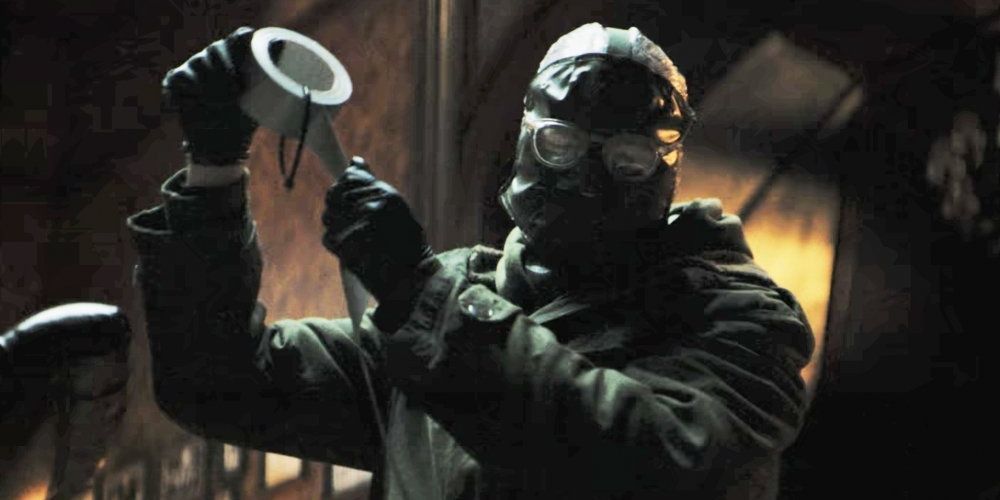
One similarity to the original show that might go unnoticed by some of the greener Batman fans lies within the first member of the Rogues Gallery he fights. Just as Adam West locked wits with Frank Gorshin's Riddler, so does Pattinson throw down with Paul Dano's more chilling interpretation of the Riddler.
Dano's Riddler is less of a brain-teasing prankster and more of an homage to the infamous Zodiac Killer, complete with mask and calling cards of ciphers and symbols. While he definitely lacks Gorshin's humor and charm, he more than makes up for it in malice with his deadly mind games.
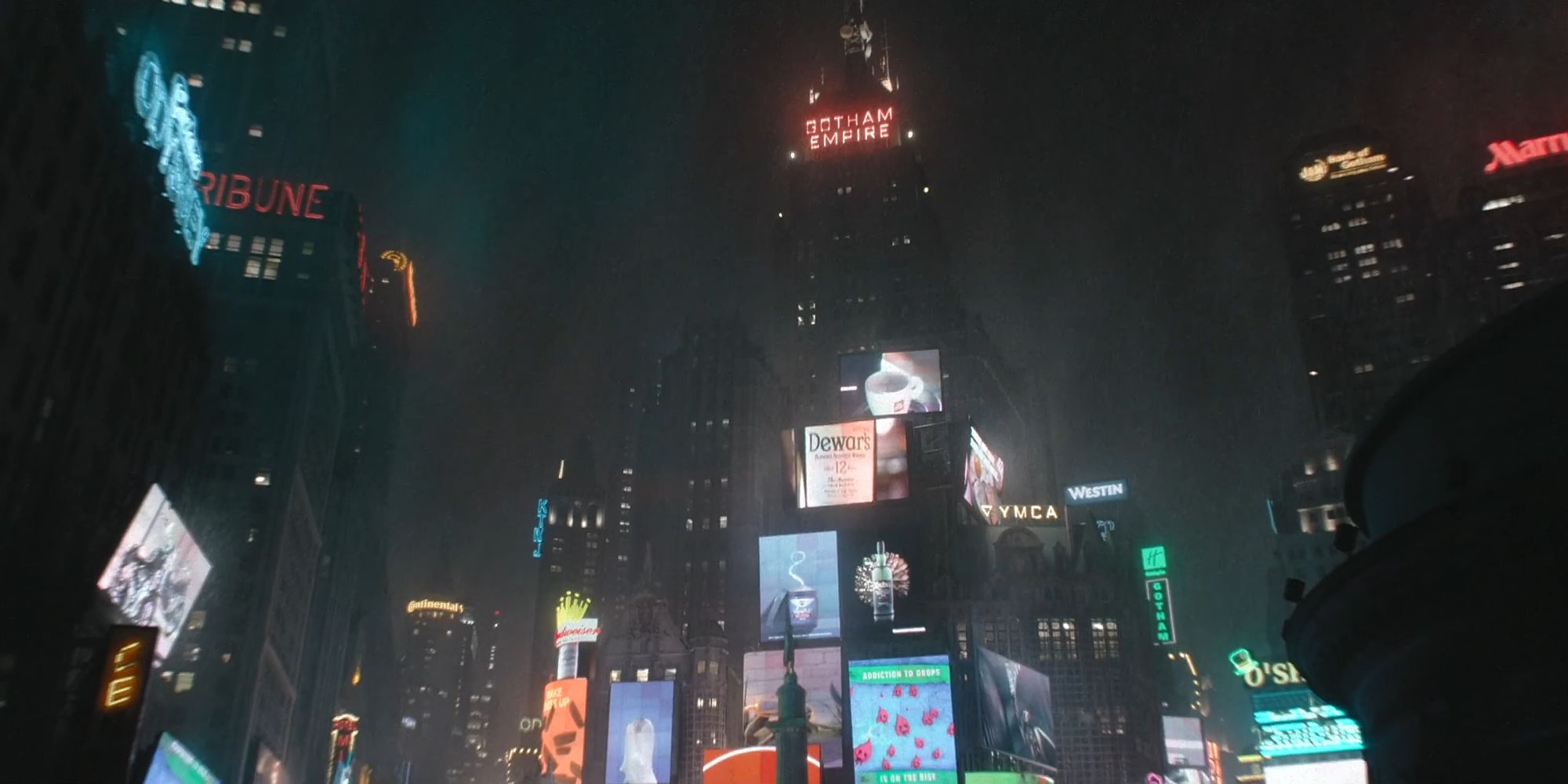
While many viewers and comic fans might be used to the more modern-looking cities seen in the Nolan adaptation and even the more-recent DCEU films like Batman Vs. Superman, Reeves' Gotham looks and feels more like the Gotham City many more fans are probably expecting. The choice to make Gotham feel like a much older sprawling city rather than a made-over Chicago or New York might have been a callback to the Batman of yesteryear.
Granted, this could also be interpreted as a reference to the Burton version or even the animated series, but Reeve's Gotham could greatly be looked upon as a darker version of West's Gotham. There's a mix of modern tech and old setpieces but if the former portion is taken away, it begins to look more like the original series.
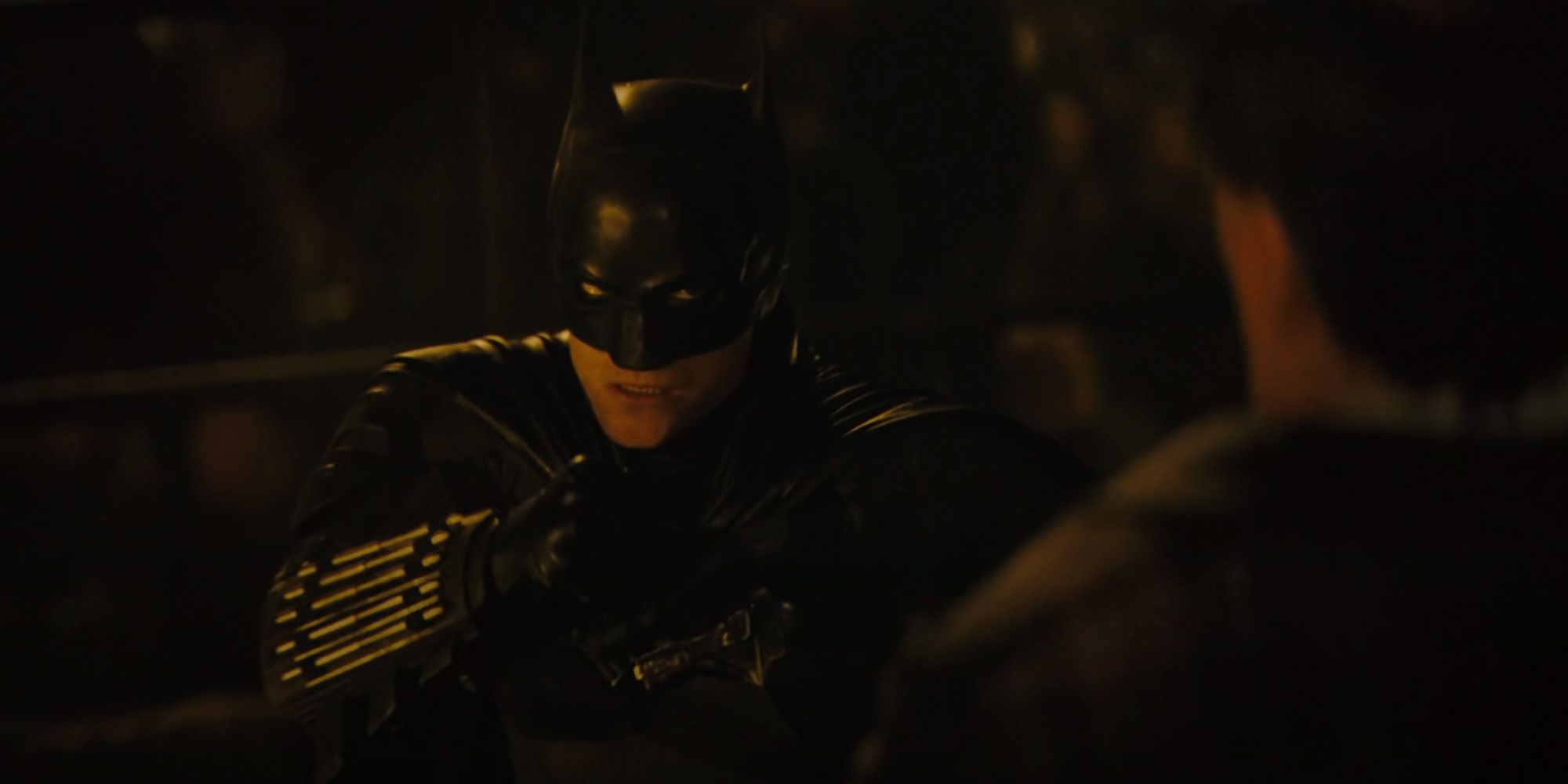
One of the criticisms Batman's costume and armor has had in recent years is how it's started to look more and more like ballistic or military gear, taking away a certain superhero flavor from Batman. In The Batman, however, his suit appears to make him a great deal more agile and flexible than in recent adaptations.
While the sound of rubber and fabric can occasionally be heard in his fight sequences, he moves with the speed and precision fans might expect from West's flexible cotton suit. He's certainly able to make leaps, rolls, and acrobatic moves better than someone like Affleck's muscle-suited interpretation.
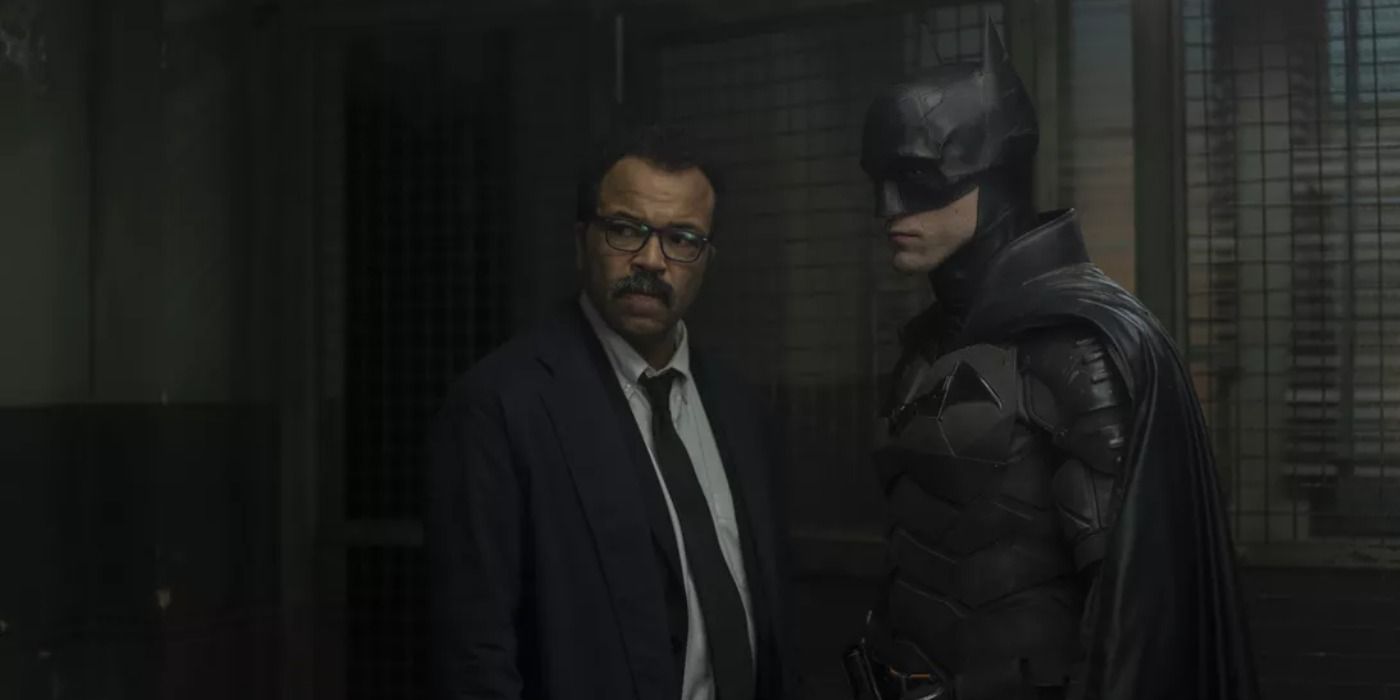
A factor about Batman that seems to have slipped out of modern culture in recent years is his ability to work alongside Gotham's police force, even in spite of his vigilante status. While recent adaptations have frequently seen him working with Commissioner Gordon, he really hasn't been seen working hand-in-hand with a police investigation since the Nolan adaptations or even the animated series.
Much like in the '66 series, Batman is a part of the crime scene and investigation process. He gets in on the detective work, applies his forensic knowledge, and assists the police in their work despite their reservations about him. While he might have been more well-received in the original series, the image and application remain the same.
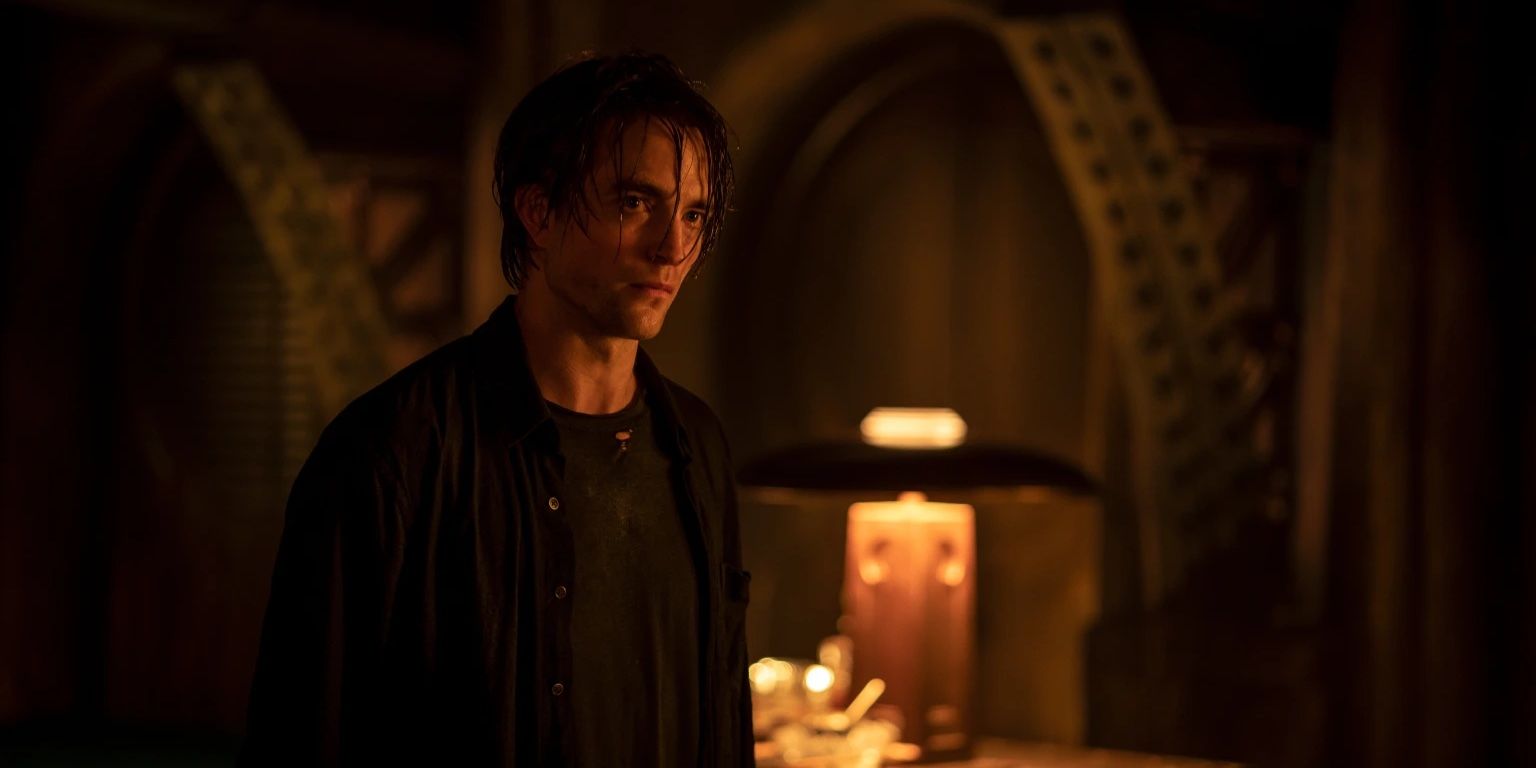
A common theme seen across Batmen is the balance Bruce Wayne has to maintain between his superhero persona and that of his billionaire playboy alter-ego. But while someone like Bale could make it equally distributed so as to maintain his secret identity, Bruce Wayne/Batman's frequent departures and absences were greatly noted by the public in mainly the original series and the newest adaptation.
Nearly every episode of the original Batman series begins with a call on the Batphone and Bruce Wayne having to excuse himself and his absence, usually to a remark from Aunt Harriet or whoever they happen to be entertaining. It's subtle, but the same principle is applied in The Batman, particularly with Bruce's investors and accountants asking where he is. Like West, Pattinson spends much more time as Batman than he does Bruce Wayne, which doesn't go unnoticed.
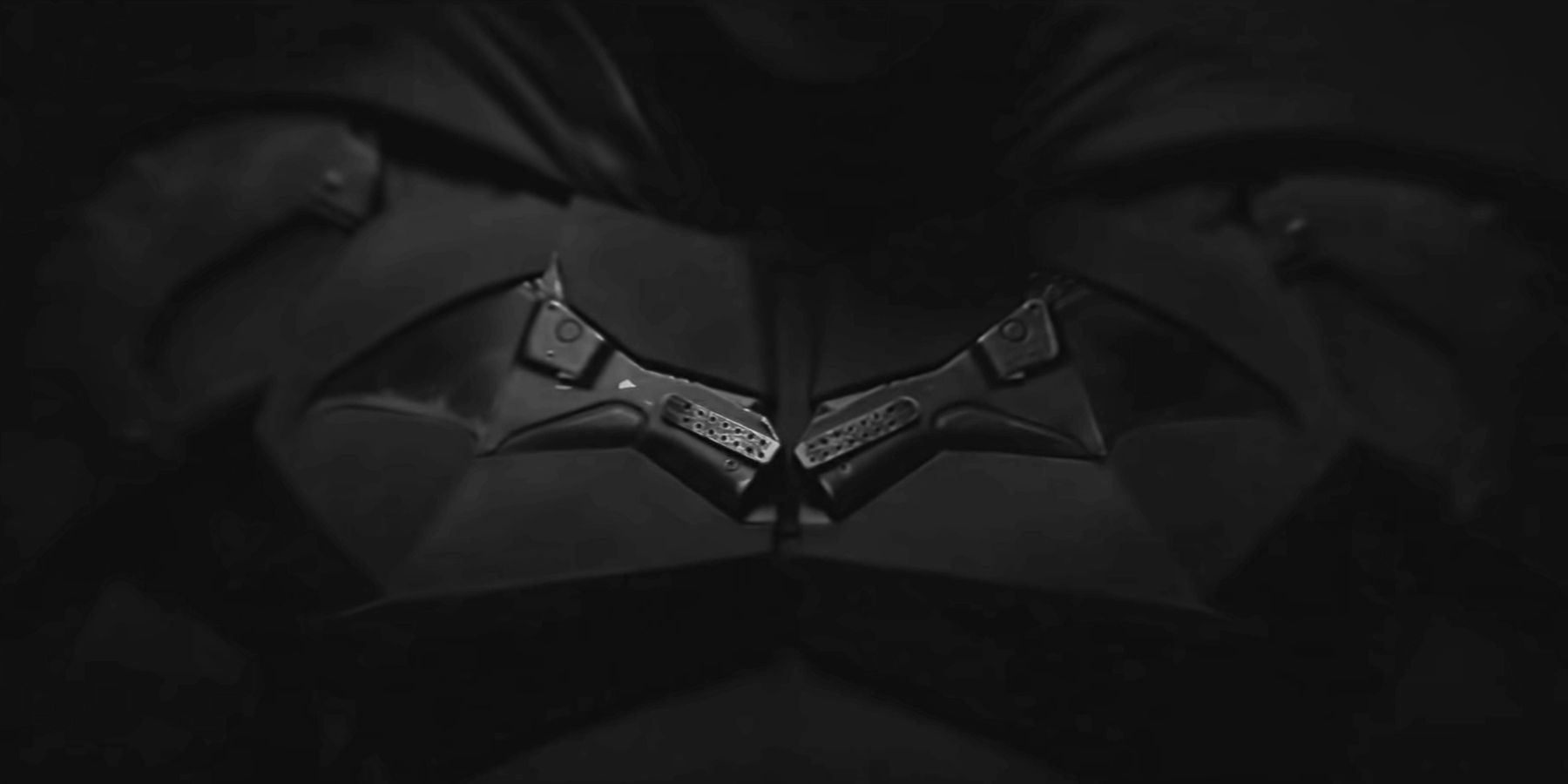
No Batman interpretation would be complete without a utility belt full of gadgets and gizmos aplenty, but Patterson's Batman relies on more tools than weapons like those seen in previous incarnations of the character. Where Bale and Affleck's Batmen relied on military-inspired gear and armor, Patterson has a variety of tools and trinkets on his suit that make crimefighting a little easier.
Although he lacks the infamous Shark Repellant, the new Batman relies more on the gadgets he packs in his suit than mechanized weaponry, much like his '66 counterpart. It's a return to form that hasn't gone unnoticed or unappreciated.
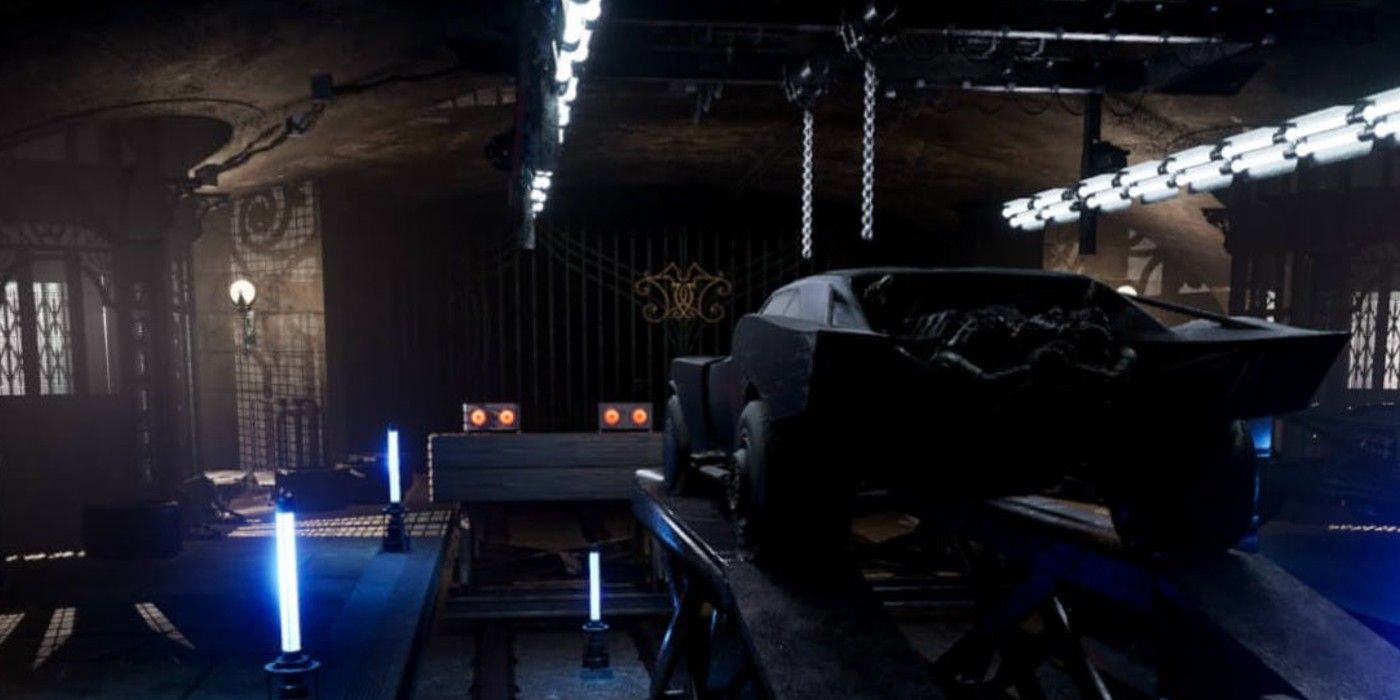
Part of Batman's essential style is the gothic imagery that saturates some of his best versions, but even the more comedic original series gave him a literal cave underneath Wayne Manor. The technological advancements of those seen in the Nolanverse and DCEU are certainly impressive, but they rely too heavily on the tech portion of the equation.
Like West's Batcave, Patterson's is a cave first and a crime lab second. The technology and gear feel like they had to be adapted to the surroundings and not the other way around. Giving it a more organic design and gothic structure was truly the right way to go.
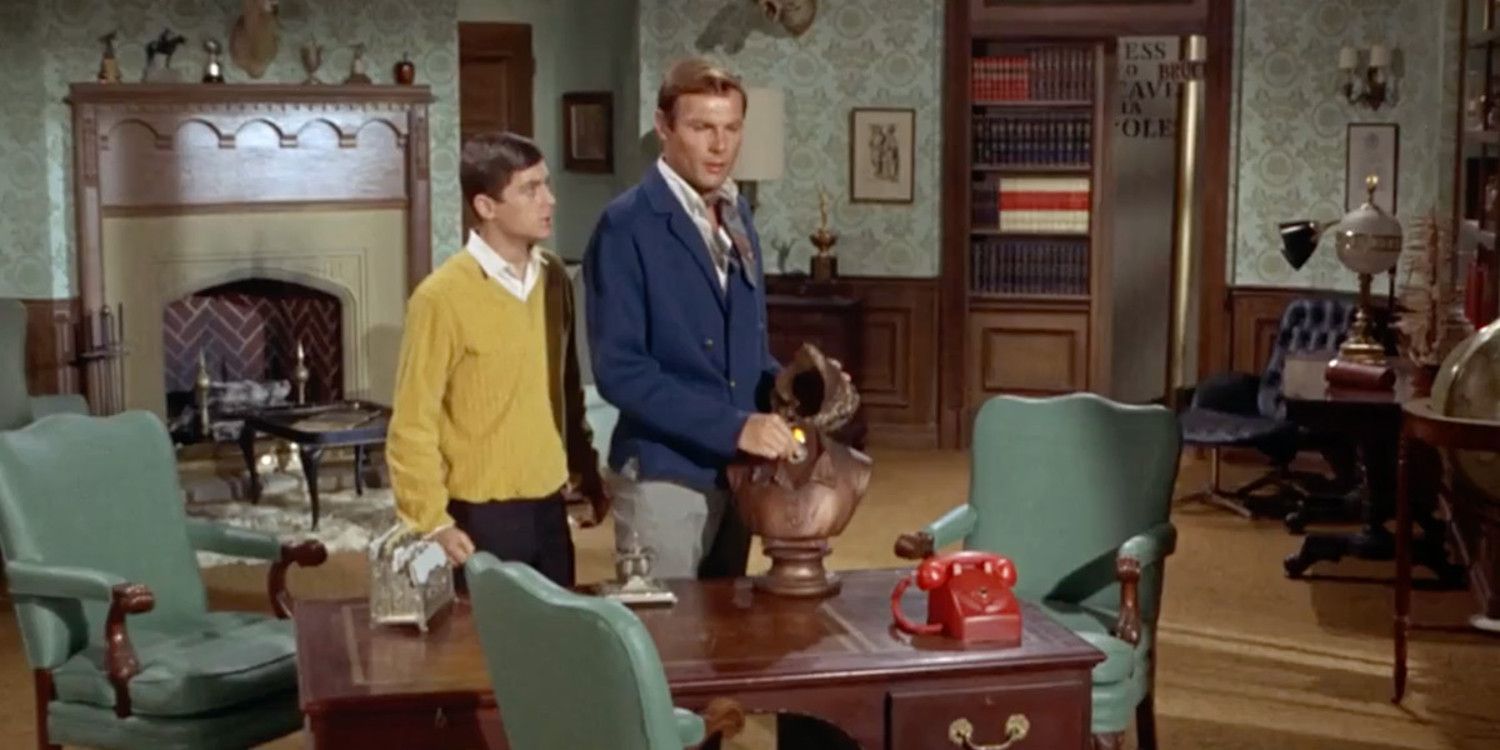
Perhaps the most obvious nod to the original Batman series was the Shakespeare bust seen in the study as Alfred tries to cipher the Riddler's newest puzzle. While it's probably not likely that this particular statue activates the Batpoles, it doesn't feel out of place even in Reeves' darker reboot.
It's more likely just an easter egg throwback to the '66 series, but there is probably no better anchor to the original Batman than this iconic setpiece. Despite its dated technology, it wouldn't be untrue to say fans wouldn't appreciate it having a practical use in the sequel.
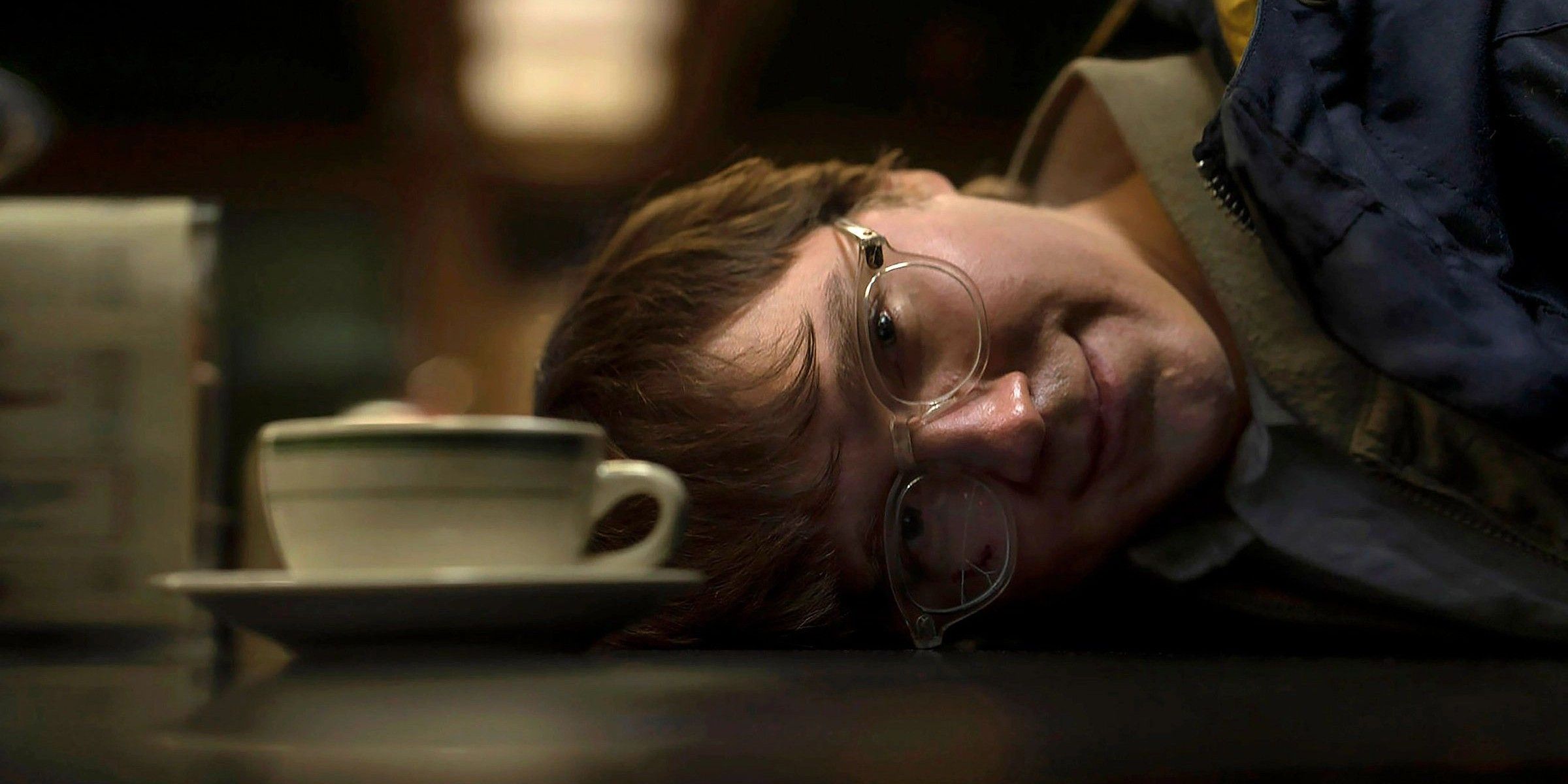
One thing viewers of the original series could count on was the special guest villain of the week getting the upper hand over Batman during the first half of each two-parter episode, a factor that seems to have been brought back for the new adaptation. What separates The Batman from recent adaptations is that the Riddler doesn't almost win, his plan is completely pulled off and Gotham suffers.
Yes, he floods the city and people die, but Batman is still able to swing in, save the masses, and lead them to rescue while the Riddler is locked away in Arkham. Though his master plan was accomplished, Batman still came out on top before the credits rolled.
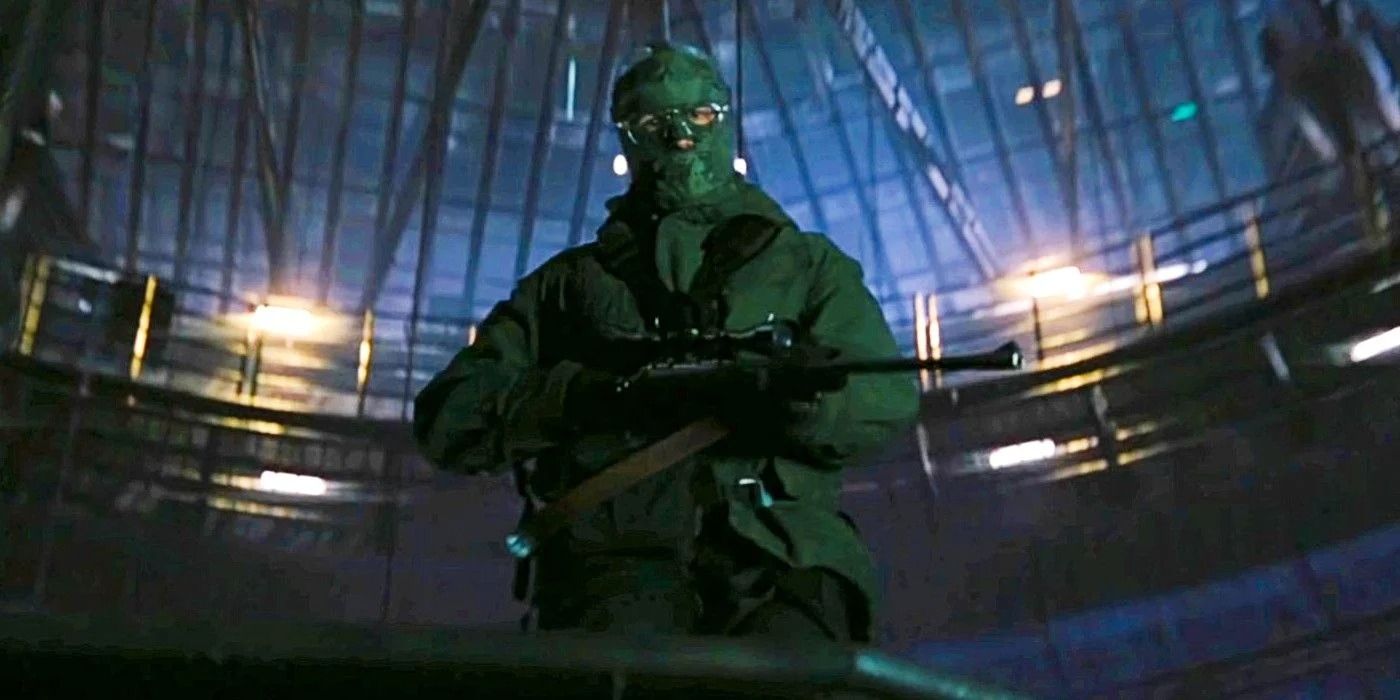
No superhero movie would ever be complete without seeing the hero fight off a gang of costumed henchmen before saving the day, but the way Patterson handles the Riddler's cult of goons bears a strange resemblance to the big fight sequences Adam West dove into on a weekly basis. Minus the pows, whams, and bashes, of course.
He's outnumbered and outgunned, but Batman is still able to pound his way through the criminals like they were made of paper, exactly what fans in the 60s tuned into every week to see. A grittier portrayal to be sure, but this is one element from the original series that would make West and Ward exceptionally proud.
Source: Screenrant
Post a Comment